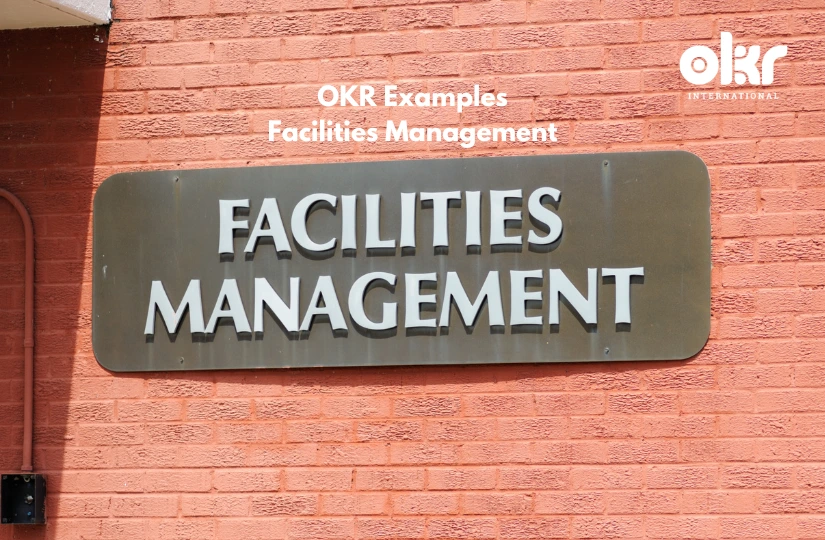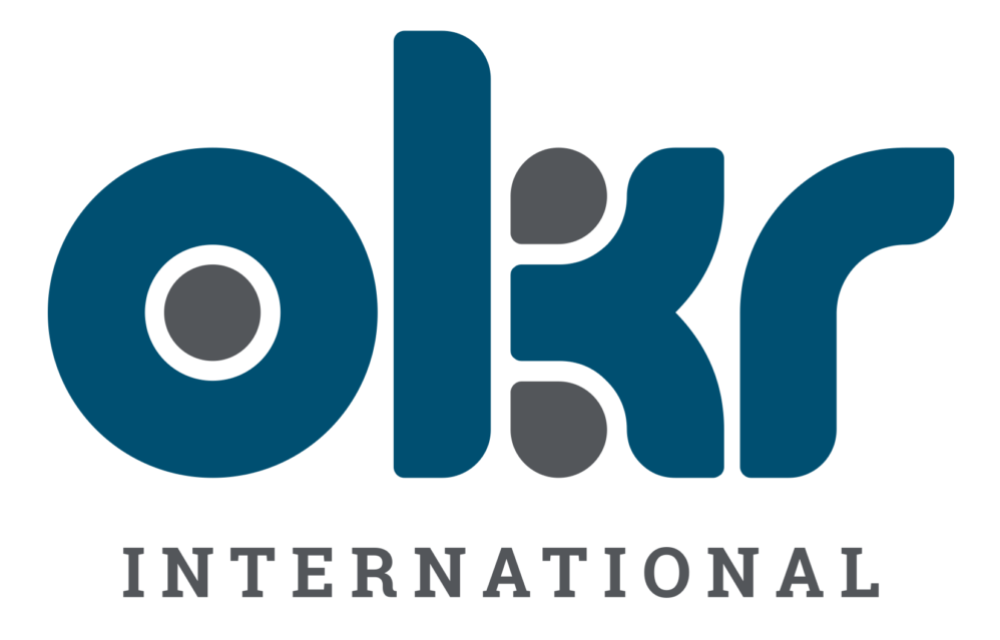10 Fantastic OKR Examples in Facilities Management
Facilities management plays a vital role in ensuring the efficient and effective operation of physical spaces within an organization. OKRs can be powerful tools for driving performance and success in this field. Here, we present ten fantastic OKR examples in facilities management, providing valuable insights for organizations striving to excel in this function and optimize their facility operations.
1. Enhancing Energy Efficiency
Objective: Reduce energy consumption and promote sustainable practices.
Key Results:
- Decrease overall energy consumption by 10% through the implementation of energy-efficient technologies and behavioral changes.
- Achieve a 20% reduction in greenhouse gas emissions by adopting renewable energy sources or implementing energy-saving initiatives.
- Conduct 2 rounds of energy audits for all facilities and identify opportunities for efficiency improvements within the next six months.
2. Improving Maintenance Effectiveness
Objective: Enhance the reliability and efficiency of maintenance processes.
Key Results:
- Reduce equipment downtime by 15% through proactive maintenance and optimized preventive maintenance schedules.
- Achieve a 90% completion rate for scheduled maintenance tasks, ensuring adherence to established timelines.
- Implement 1 computerized maintenance management system (CMMS) to streamline work order management and increase technician productivity.
3. Enhancing Space Utilization
Objective: Optimize space utilization to meet organizational needs.
Key Results:
- Conduct a space utilization analysis and achieve a 10% increase in space utilization efficiency within the next year.
- Implement 1 workspace reservation system to optimize the allocation of shared spaces and reduce underutilization.
- Improve collaboration spaces based on employee feedback and achieve a satisfaction rating of 85% or higher.
4. Ensuring Regulatory Compliance
Objective: Maintain compliance with applicable laws, regulations, and standards.
Key Results:
- Conduct regular compliance audits and achieve a 100% compliance rate with all relevant regulations and standards.
- Implement 100% of necessary changes to achieve full compliance with safety and environmental regulations within the next six months.
- Provide 10 comprehensive training programs to all facilities staff to ensure awareness and adherence to compliance requirements.
5. Enhancing Security and Safety
Objective: Ensure a secure and safe environment for employees and visitors.
Key Results:
- Improve emergency preparedness by 70% by implementing a comprehensive emergency response plan and conducting regular drills.
- Achieve a 95% satisfaction rating from employees regarding safety and security measures through regular surveys.
- Implement access control systems and video surveillance solutions to enhance security across all facilities by 75%.
6. Optimizing Cleaning and Sanitization
Objective: Improve cleanliness and hygiene standards throughout the facilities.
Key Results:
- Enhance cleaning protocols and achieve a 15% improvement in cleanliness ratings based on employee feedback.
- Implement a systematic cleaning and sanitization schedule that ensures 100% of areas receive regular and appropriate maintenance.
- Introduce 5 sustainable cleaning practices, such as using environmentally friendly cleaning products, to promote a healthier environment.
7. Enhancing Vendor Management
Objective: Optimize vendor relationships and ensure service quality.
Key Results:
- Conduct vendor performance evaluations and achieve a satisfaction rating of 90% or higher for key vendors.
- Implement 1 vendor scorecard system to track and evaluate vendor performance based on predefined metrics.
- Develop strategic partnerships with 3 vendors to negotiate favorable contracts and secure cost-effective pricing.
8. Improving Workplace Ergonomics
Objective: Promote ergonomic principles to enhance employee well-being and productivity.
Key Results:
- Conduct ergonomic assessments for 100% of workstations and implement necessary adjustments or improvements.
- Provide ergonomic training to employees and achieve a 90% employee satisfaction rating with ergonomic support.
- Reduce the number of work-related musculoskeletal disorders by 15% through the implementation of ergonomic best practices.
9. Enhancing Facilities Technology
Objective: Leverage technology solutions to improve facility operations.
Key Results:
- Implement 1 facilities management software system to streamline processes and enhance data visibility.
- Integrate IoT (Internet of Things) devices by 70% for real-time monitoring of energy consumption, space utilization, and equipment performance.
- Adopt a mobile facilities management app to enable 100% efficient communication and task management for facilities staff.
10. Developing Facilities Team Skills
Objective: Foster the growth and development of facilities management professionals.
Key Results:
- Implement 1 training and development program that covers key areas of facilities management and enhances the skill set of the team.
- Provide 3 opportunities for professional certifications or specialized training to support career growth for facilities staff.
- Conduct 2 rounds of performance evaluations and establish individual development plans to nurture talent and drive employee engagement.
By implementing these OKR examples in facilities management, organizations can optimize their facility operations, enhance sustainability practices, improve employee well-being, and ensure regulatory compliance. These strategic objectives and key results serve as guiding principles for organizations seeking to excel in their facilities management functions and drive long-term success.
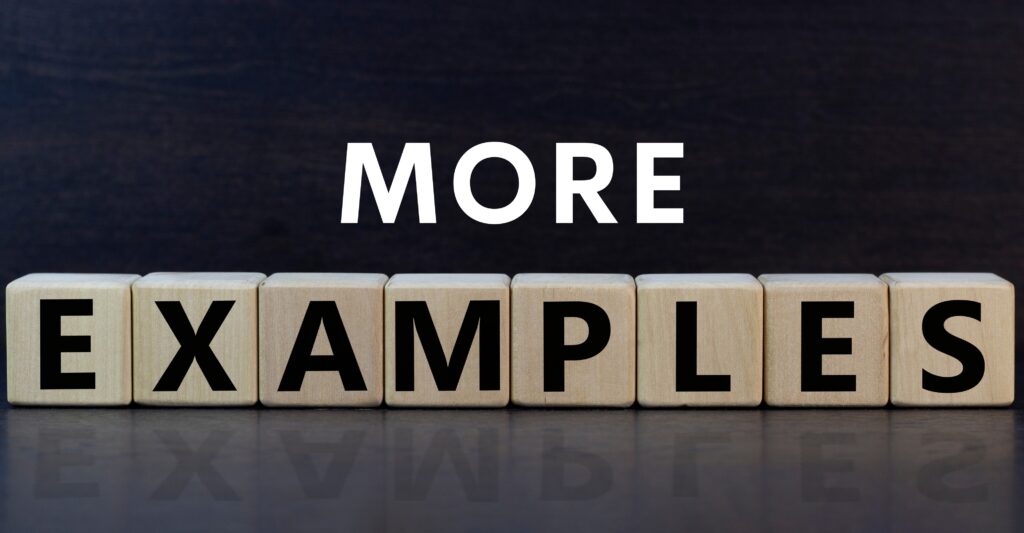
When looking to set OKRs, it’s natural to want examples to ignite the thought process or simply compare yours to OKR Examples. Check out our compendium of OKR Examples here.
Explore Our Range of Services
Bring OKRs (Objectives and Key Results) to your organisation with our tried & tested OKR Framework.

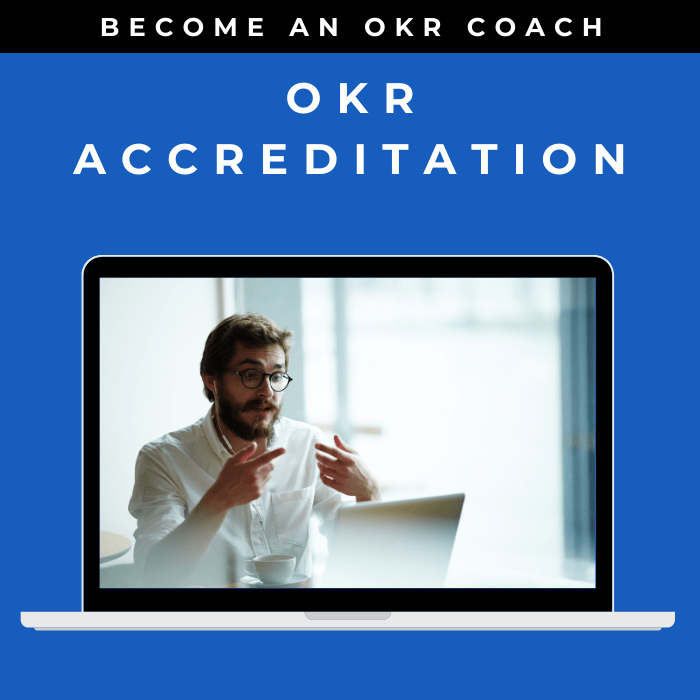
OKR International’s highly acclaimed Certified OKR Practitioner Program is the first and only OKR accreditation endorsed by ICF & HRCI for continuing education units.
OKR International helps leaders create the alignment, engagement and result orientation needed for growth by offering OKR Advisory services.


